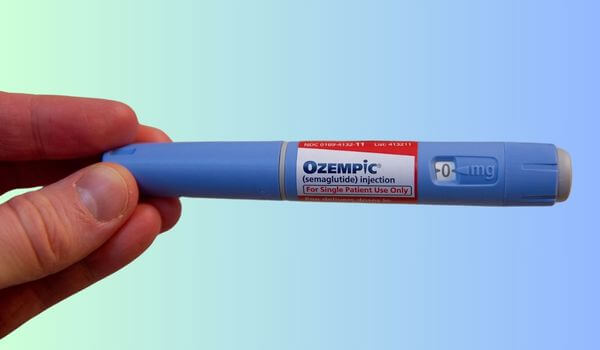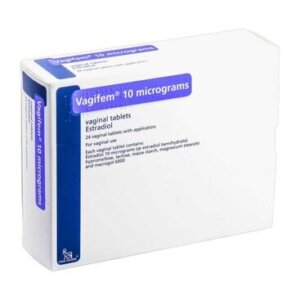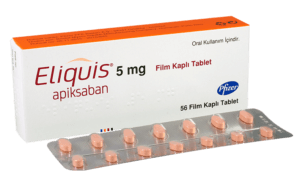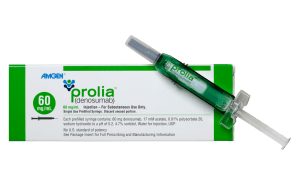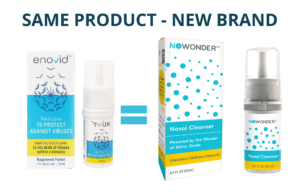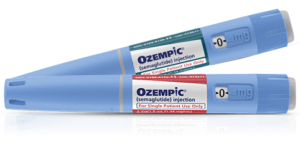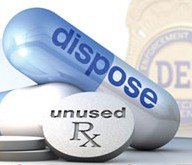 You may have seen your local county advertise about their drug take-back programs where you can dispose safely of unwanted and unused prescription drugs. Take-back programs happen regularly, not just at the end of April each year. Here’s why they do this and why it’s so important to dispose of unused and unwanted medications properly.
You may have seen your local county advertise about their drug take-back programs where you can dispose safely of unwanted and unused prescription drugs. Take-back programs happen regularly, not just at the end of April each year. Here’s why they do this and why it’s so important to dispose of unused and unwanted medications properly.
Failing to dispose of prescription medication can have fatal consequences for those you find your drugs and decide for whatever reason to use them.
A study published in the Journal of American Pharmacists and conducted by Geisinger Health System has collated which medications are most often left unused by patients with Part D coverage. The study numbered 247 in total, but the breakdown is very worrying. The most common medications left unused are often the most dangerous if they find themselves in the wrong hands.
15% of unused meds were pain meds, 14% were hypertension meds, 11% were antibiotics and 9% were mental-health related meds (including anti-psychotic and anxiety meds).
What’s even more worrying is that most of these medications are left in medicine cabinets or simply thrown in the trash can. Only 11% are disposed of correctly through drug take-back programs. Really, the government and local counties need to work on their marketing and incentivize citizens to dispose of medications properly. 11% is a shockingly low percentage, and that’s with the rise of national drug take-back programs.
There are many reasons why these meds get left unused and unwanted. You might have had adverse side effects, or you have switched meds, or you simply don’t need them anymore. With the high level of abuse of prescription medications in the US, everyone must learn to dispose of them correctly so they don’t fall into the wrong hands. The most dangerous thing to do is to keep them in your medicine cabinet. While it seems like a secure place, it is open to the most accidents, especially if you have young, inquisitive children or grandchildren in the house. Teenagers are significantly more likely to take random drugs that they come across.
We need to educate! First of all, we need to educate children and teenagers (and adults for that matter) on the danger of taking prescription medications that have not been prescribed to them specifically. Many people do not realize that these medications can be dangerous or even fatal when taken by someone who does not actually need them. Also, prescription medications have drug interactions, meaning that one drug should not be taken alongside another drug as it can cause unwanted side effects or cause the medication not to work properly. When your Dr. prescribes you and RX they make an informed choice on what meds they prescribe as they are aware of what drugs you are taking, when you use someone else’s meds you could unknowingly cause a drug interaction.
A staggering 60,000 children find their way into the ER after taking medications that do not belong to them, most of the time these meds belong to family members.
If you are older you might feel that flushing drugs down the toilet is the way to dispose of them correctly, that’s what used to be recommended many years ago. Times have changed, though. What happens is the meds dissolve and find their way into the sewage treatment plants, and they cannot rid the system of the residue. Now, the recommended way is to dispose of them via the pharmacy or local/national drug take-back programs.
Getting rid of old drugs the right way.
According to the Environmental Protection Agency, improperly disposed drugs can enter drinking water in several ways:
- Landfill leachate.
- Flushing leftover medications.
- Wastewater treatment plants
So it would help if you tried to dispose of them responsibly.
The Drug Enforcement Administration offers a national drug take-back day twice yearly, the next one being October 26th. There’s also a search option for year-round drug drop-off locations near you. If you can’t get to one of those locations, the FDA has instructions for safely disposing of drugs in the trash.
The government needs to do more to spread the word about drug disposal safety. National drug take-back programs are happening more frequently, which is great, but we strongly believe there needs to be more education. There should be signs in the pharmacies, disposal boxes in the pharmacies, and personal counseling every time you talk with the pharmacist while they are dispensing the meds. There doesn’t need to be a big marketing budget allocated; there needs to be responsible pharmacies and pharmacists who take the time to put up signs and counsel patients. National drug take back programs just aren’t enough, the word and availability to dispose of meds correctly needs to be everywhere. IsraelPharm.com is an online pharmacy, so we don’t have such a program, but we always try to remind customers that unused meds need to be disposed of correctly. In Israel, the healthcare system provides drug disposal boxes in all their branches so you can dispose of unused and unwanted meds locally, year-round.
Here’s a helpful link from the FDA about safe disposal of drugs.



